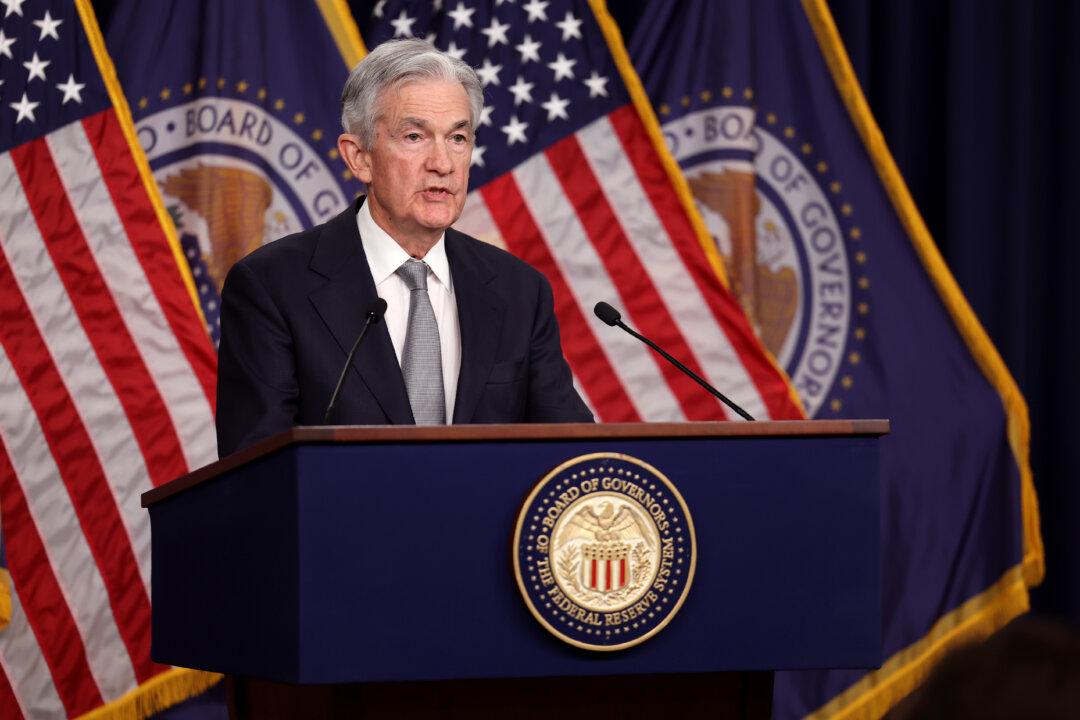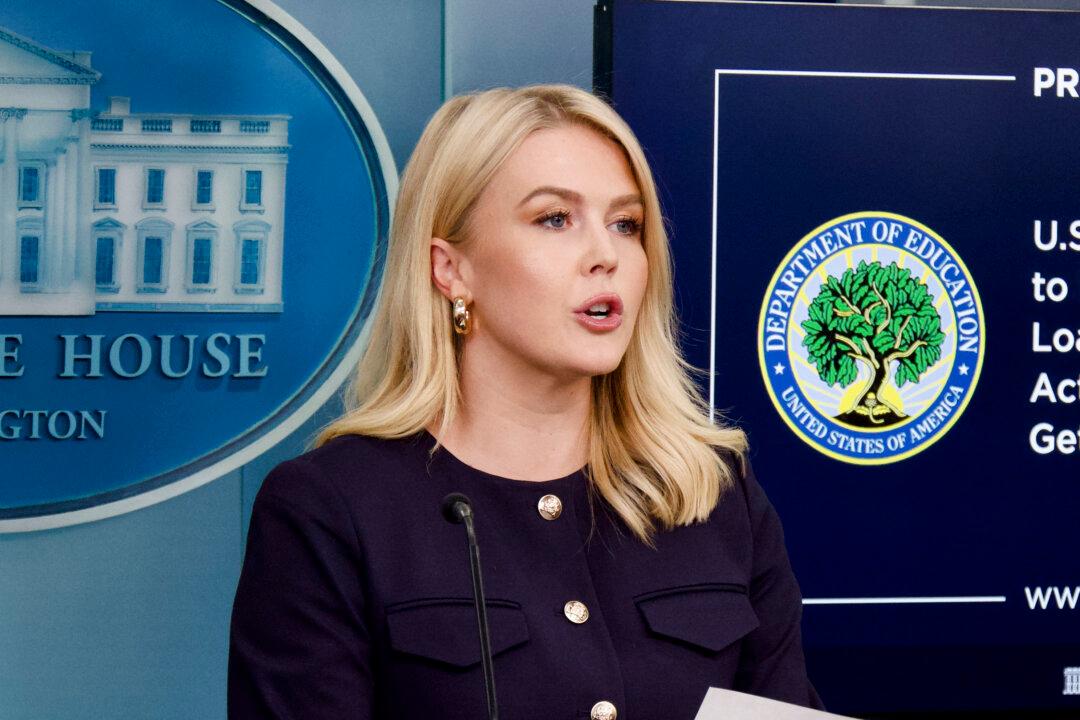The Federal Reserve left interest rates unchanged at the November Federal Open Market Committee (FOMC) policy meeting, keeping in line with economists’ expectations.
Central bank officials voted to keep the benchmark fed funds rate at a range of 5.25 percent to 5.50 percent.
Rate-setting committee members are prepared to adjust monetary policy “as appropriate if risks emerge that could impede the attainment of the Committee’s goals.” The FOMC will take into account cumulative monetary tightening and the lags that can affect economic activity, inflation, and financial developments.
According to the FOMC, the U.S. economy expanded at a robust pace in the third quarter. While employment gains have moderated since the beginning of the year, the labor market remains strong. Inflation remains elevated and the banking system “is sound and resilient.”
The Fed will continue reducing its holdings of Treasury securities, agency debt, and agency mortgage-backed securities. Since the central bank launched its quantitative tightening campaign in March 2022, the balance sheet has fallen by about $1 trillion to below $8 trillion.
The financial markets hardly reacted to the FOMC announcement, with the leading benchmark indexes still teetering between positive and negative territory.
U.S. Treasury yields were mainly red across the board. The benchmark 10-year yield slumped by nearly eight basis points to below 4.8 percent. The two-year note shed eight basis points to slide below 5 percent, while the 30-year bond dropped by roughly five basis points to below 5 percent.
Powell: No Rate Cuts for Now
After asserting a month ago that monetary policy wasn’t restrictive enough, Fed Chair Jerome Powell told reporters during the post-FOMC press conference that it is now restrictive and the economy is witnessing the effects.But this doesn’t mean that policymakers are considering rate cuts right now.
“The Committee is not thinking about rate cuts right now at all. We’re not talking about rate cuts,” Mr. Powell said, noting that officials are asking if the central bank needs to hike rates more.
Moreover, Mr. Powell reiterated the argument that U.S. economic growth needs to slow and labor conditions need to soften to restore the 2 percent inflation target.
“I still believe, and my colleagues for the most part still believe, that it is likely to be true, that we will need to see some slower growth and some softening in the labor market to fully restore price stability,” he stated.
With Treasury yields touching their best levels in about 15 years, there has been some speculation that the Fed could begin slowing the pace of its balance sheet reduction. But Mr. Powell shut down this suggestion.
Fed Rate Outlook
The new consensus between the Federal Reserve and the financial markets is that interest rates will be higher for longer.The latest results showed that a majority (57 percent) of respondents anticipate that the Fed will keep rates in the same 5.25 percent to 5.5 percent range until September 2024. This past summer, they had projected rate cuts at the start of next year.
However, there’s a divergence between the SEP data and survey figures. While central bank officials think that the median policy rate will be above 5 percent next year, survey participants forecast 4.6 percent by the end of 2024.
About That Recession
Recession forecasts aren’t as fierce as they were a year ago.The CNBC Fed survey showed a 49 percent probability of a recession in the next 12 months. The odds of a soft landing—a Goldilocks scenario of low inflation, a solid labor market, and economic growth—clocked in at 42 percent.
A National Association for Business Economists survey shows that most respondents think that the U.S. economy will avoid a recession in the next 12 months. Fewer than a fifth (18 percent) believe that a downturn is likely.
But Nick Galluccio, a portfolio manager at Teton Advisors, envisions a recession next year.
“By the middle of next year, you'll have some recession, a couple of quarters of negative GDP growth,” Mr. Galluccio said in a note, adding that this would be a catalyst for the Fed to begin thinking about easing policy.
Bill Gross, the so-called “Bond King” and former CIO of Pacific Investment Management Co., anticipates a recession beginning in the fourth quarter.
The LEI slid by 0.7 percent in September, bringing the six-month average to negative 3.4 percent.
“So far, the U.S. economy has shown considerable resilience despite pressures from rising interest rates and high inflation,” Justyna Zabinska-La Monica, senior manager of business cycle indicators at The Conference Board, said in the report. “Nonetheless, The Conference Board forecasts that this trend will not be sustained for much longer, and a shallow recession is likely in the first half of 2024.”
While it’s still early, various estimates point to modest growth in the October–December period.







